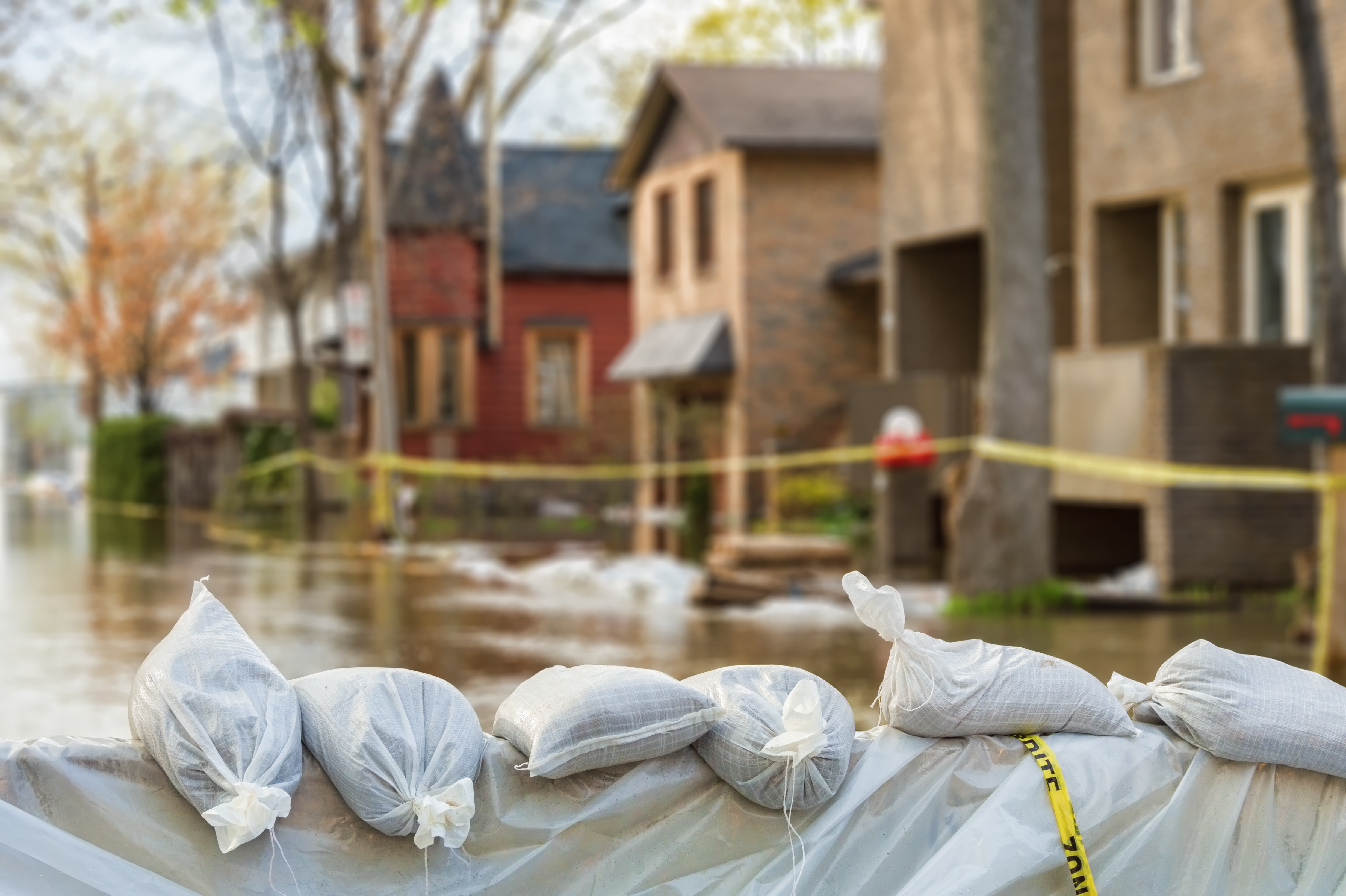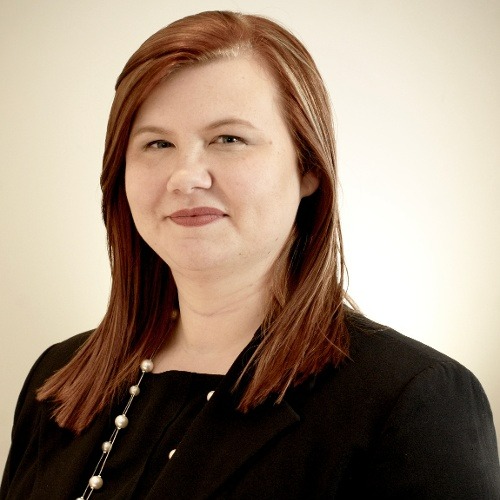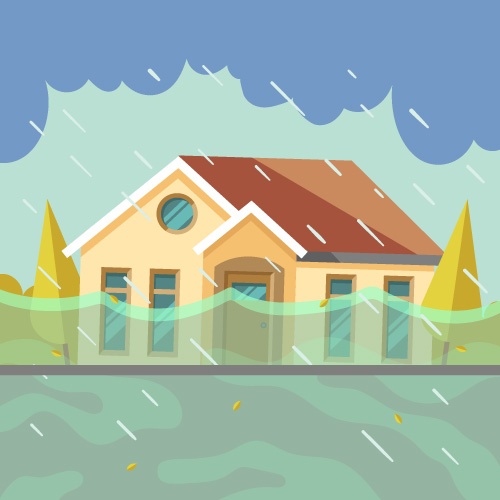FEMA is releasing its flood insurance Risk Rating 2.0 system and it's set to begin on October 1, 2021. But what does this new rating methodology mean for your insureds? How will your agency be impacted by these NFIP changes?
First, it's important to understand the timeline of the roll-out and what the Risk Rating 2.0 system entails. FEMA recognizes that this new structure of federal flood coverage may be damaging to those affected by the COVID-19 pandemic. Therefore, FEMA has decided to roll the program out in two phases.
Phase I will begin on October 1, 2021 and will be required for new policyholders only. Existing policyholders will also be eligible to switch to the new program if there is a decrease in premium and the policyholder desires to make the switch. Phase 2 will begin on April 1, 2022 and will require that all policyholders move to the new rating system.
Now that you're aware of the timeline, let's dig into the changes. According to fema.gov, "FEMA is building on years of investment in flood hazard information by incorporating private-sector data sets, catastrophe models, and evolving actuarial science." What does this really mean? Premiums may increase in several flood zones. The NFIP rates you've come to love selling may be history as FEMA seeks to alleviate their $20 billion dollar debt to the U.S. Treasury. Currently, their borrowing authority is capped at $30 billion.
According to Value Penguin, 77% of policyholders will see an increase in their flood premiums. This equates to a rate increase on more than three million policies. The increases will primarily affect Preferred Risk Policies (PRPs), properties in A Zones, and properties that are now located in FEMA's newly mapped Special Flood Hazard Area (SFHA). The SFHA represents zones in which flood insurance is mandatory. Rates for all of these locations may see a premium increase of more than 14%. Additional policy types could see higher increases. Policies related to Prem-FIRM subsidized housing, nonprimary residential properties, business properties, and properties with repetitive loss history, may see up to a 25% increase in premium rates.
Now that we've established the possible changes brought on by FEMA's new flood methodology, how do you protect your clients from a premium increase? In some instances, you will not be able to prevent a higher cost to your insured if you stay with the NFIP. Some premiums will simply increase due to better data related to an insured's flood zone. In many cases; however, switching to the private flood policy will save your clients money and provide better coverage options.
Brokers that specialize in private flood coverage can provide additional features such as expanded coverages (Replacement Cost, Loss of Use, Improvements & Betterments), ability to place coastal exposures, ability to entertain any flood zone, and the ability to consider basements; which are not covered by most NFIP policies. Private flood brokers essentially offer an a-la-carte way of approaching flood coverage and take time to work with you to build the best option for your insured. Good private flood brokers can also review your insureds elevation certificate and determine whether your insured should receive a better rate.
In summation, the NFIP is going to give you one policy option whereas brokers that specialize in private flood coverage can build a policy targeted exactly to your insured's risk and coverage needs. A competitive flood insurance landscape benefits all parties, taking the financial burden off of the NFIP's debt, providing your agency with options, and giving the best possible rates to your insureds.
If you're interested in obtaining a private flood quote, simply send this application to flood@neee.com and we'll connect you with an experienced primary/excess flood underwriter.






